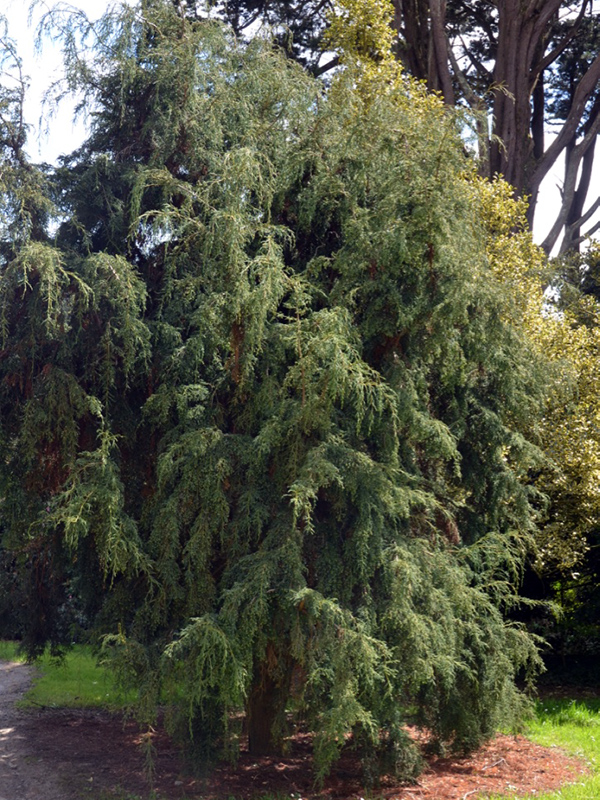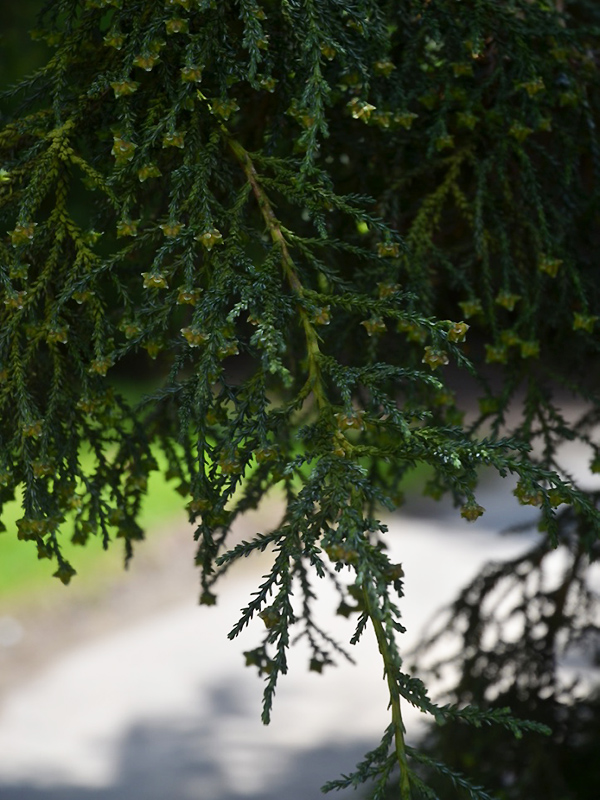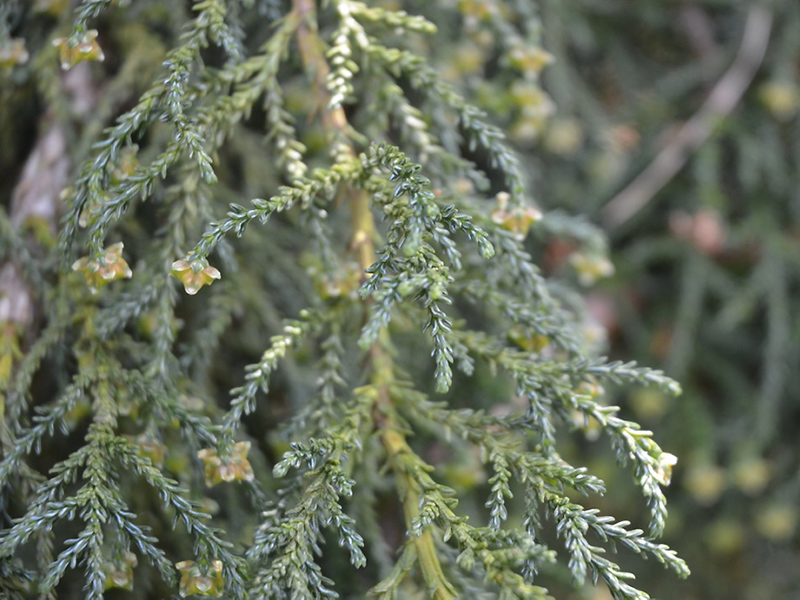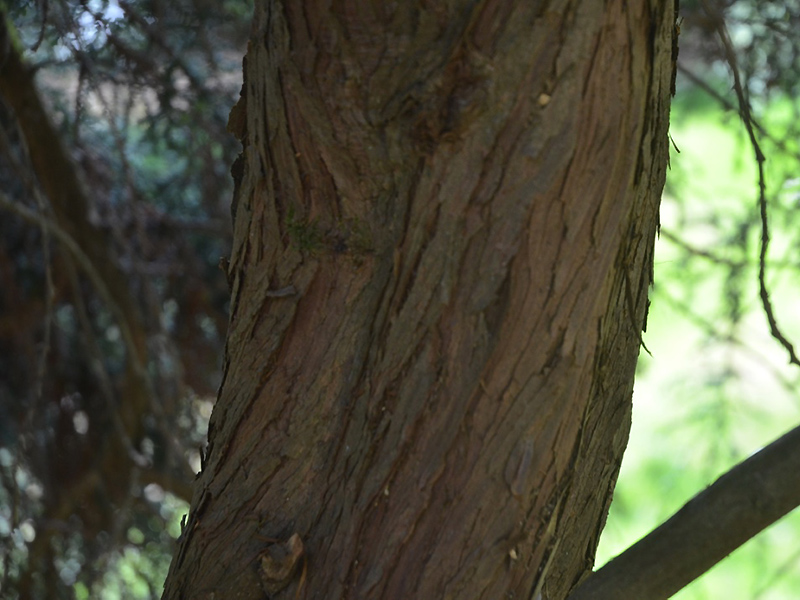Fitzroya cupressoides (Patagonian Cypress)
Michael's Opinion
Considered one of the worlds’ oldest living trees, named after British Vice-Admiral Robert Fitz Roy, captain of the HMS Beagle. Known in the past for its valuable timber, it was declared a National Monument in 1976 and any further felling of this tree was strictly prohibited. Unfortunately, due to illegal poaching this magnificent tree has become endangered, and conservation methods have been put into place.
Botanical Information
| Family | Cupressaceae |
| Genus | Fitzroya |
| Species | cupressoides |
| Synonyms | Pinus cupressoides |
| Category | Woody |
| Type | Tree (evergreen) |
| References | Eckenwalder, J.E. (2009). Conifers of the world: The complete reference. Portland, OR: Timber Press Inc. Cafferty, S. (2005). Firefly Encyclopedia of Trees. Buffalo, NY: Firefly Books Inc. |
| Origin | Native to South America in parts of Chile and Argentina. |
| Ethnobotanical Uses Disclaimer | In the past the Fitzroya’s bark was highly sought after for its various uses in making roof shingles, musical instruments, boats and furniture. |
Details
| USDA Hardiness Zone | 7 - 9 |
| USDA Hardiness Ref. | |
| Canadian Hardiness Zone | 8 |
| Canada Hardiness Ref. | |
| RHS Hardiness Zone | H6 - H3 |
| RHS Hardiness Ref. | |
| Temperature (°C) | (-15) - (-1) |
| Temperature (°F) | 5 - 30 |
| Height | 50 m |
| Spread | 5-9 m |
| Growth | Slow |
| Flowering Period | March, December |
Description and Growing Information
| General Description | This evergreen tree can grow to heights of 60 m, with a lifespan of 3,000-4,000 years. Its extremely durable bark was once highly prized for its various uses such as furniture and ship manufacturing. |
| ID Characteristic | Fitzroya cupressoides has reddish-brown bark that peels into strips, dark green leaves, lined and in whorls of three. |
| Shape | Branches are slightly drooping creating a dome shape. |
| Landscape | An excellent ornamental plant. |
| Propagation | Propagated through cuttings taken late in summer, or by seed. If by seed, start sowing the seeds in early spring in a cold frame. Once large enough to handle the seeds should be pricked and transferred into pots, grown in a greenhouse for their first winter. At the height of 30 cm, they should be planted outside late spring or early summer. |
| Cultivation | Acidic soil with humid conditions it is not tolerant of dry conditions. |
| Pests | Bark is extremely durable and resistant to fungi and insects. |
| Notable Specimens | Los Alerces National Park, Chubut, Argentina. National Trust Trelissick Garden, Feock, near Truro, Cornwall, United Kingdom. |
| Habitat | North facing slopes and woodland edges up to an altitude of 800 m. |
| Bark/Stem Description | Furrowed bark that is reddish-brown to reddish-orange in colour. It becomes darker and streaked as it matures and peels into long, vertical strips. |
| Leaf Description | Arranged in whorls of three and appear scale like, with white markings along the top and bottom. Approximately 3 mm in length, flat and oval in shape. |
| Flower Description | Cones consist of three alternating whorls, woody, globose, and 6-8 mm in diameter with a fragrant resin. |
| Colour Description | Leaves are dark green, and lined with white. Bark is reddish-brown to reddish-orange with the sapwood being a yellowish white. Cones are straw colour before maturing into a brownish-orange. |
| Texture Description | Deeply ridged bark with a coarse texture. |
Photographs

Fitzroya cupressoides, form. National Trust Trelissick Garden, Feock, near Truro, Cornwall, United Kingdom.

Fitzroya cupressoides, leaf. National Trust Trelissick Garden, Feock, near Truro, Cornwall, United Kingdom.

Fitzroya cupressoides, leaf. National Trust Trelissick Garden, Feock, near Truro, Cornwall, United Kingdom.

Fitzroya cupressoides, bark. National Trust Trelissick Garden, Feock, near Truro, Cornwall, United Kingdom.